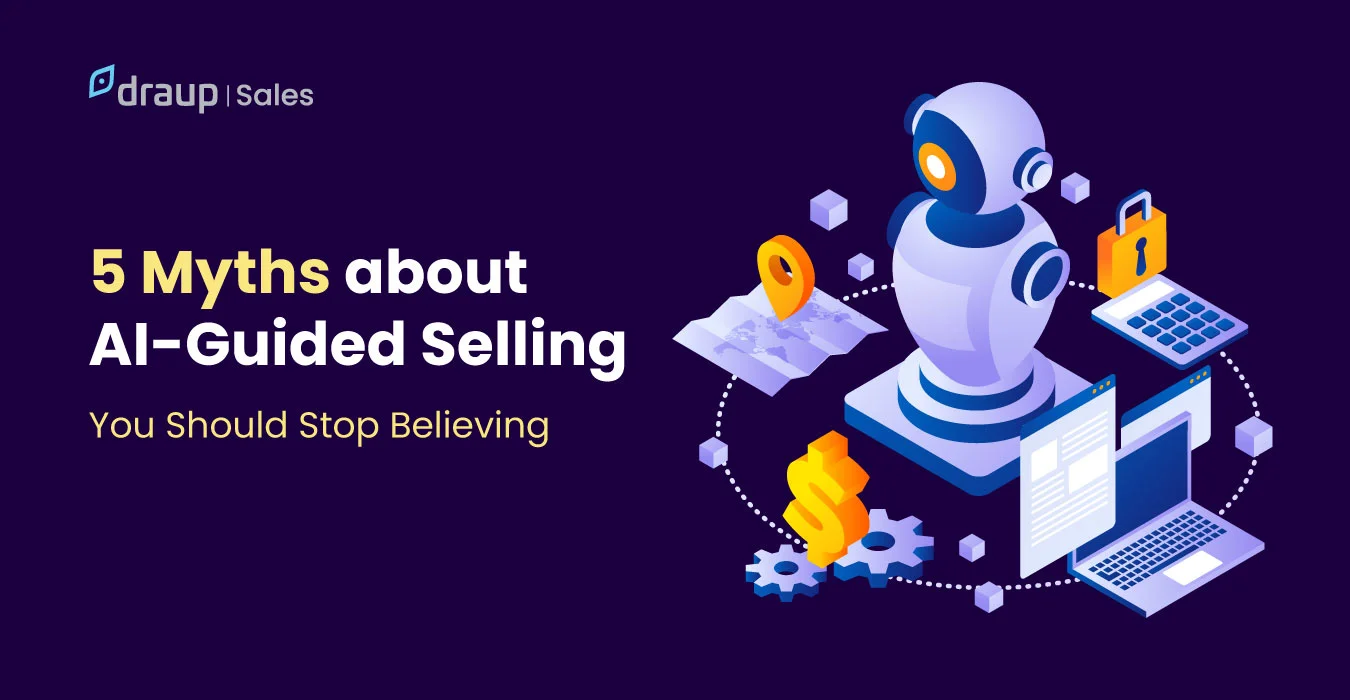It is the responsibility of salespeople to be prepared, educated, and equipped with the required assets to help customers during phone conversations.
Therefore, you must make an immediate investment in sales enablement services if you lack these components. Your company is thus incurring financial losses because of these inefficiencies and ineffectiveness gaps.
Sales enablement is far more proactive, strategically focused, and hands-on than sales operations and marketing. Therefore, a department or individual should create and deliver this information, tools, and resources to salespeople.
Continuous, goal-oriented, and flexible sales enablement programs adapted to new sales enablement techniques are the most successful.
Make it practical
You need to create a sales enablement charter to guarantee that our sales enablement program is as effective as feasible.
Your sales, marketing, and sales enablement teams will discuss and agree on program goals and expectations with your sales and marketing management teams during this stage. Additionally, the charter will include details on the strategies and techniques used to meet the objective and the measurement methodology utilized to determine progress toward the goal.
The chances are that you are unhappy with the performance of your sales staff. If this is correct, expect a downward spiral. Figure out how each key performance indicator is doing right now is crucial in analyzing the data.
Before creating a successful sales enablement program, an evaluation of your team’s current performance should be performed to set realistic objectives and develop the most effective sales enablement program feasible.
To be successful in your role, remember that your sales playbook should be built around the buyer’s journey.
Engage and re-engage prospects
A sales enablement strategy’s primary objective is to provide your sales personnel with the resources necessary to engage a client successfully throughout the buying process. To the uninformed, it is the act of providing your sales staff with the materials, knowledge, and tools necessary to simplify the sales process effectively.
75% of companies that utilize sales enablement technologies report an increase in sales over the past year, while 59% report surpassing revenue goals. Thus, it has a substantial and long-term impact on a business’s success. Indeed, sales enablement is no longer a viable option for companies in today’s market. Yet, at the same time, it is critical for companies’ growth, profitability, and survival in today’s market.
In addition, it may help you develop your B- and C-level employees to make a more considerable contribution to the organization. Historically, sales managers have concentrated their efforts on their top 20% of high-performing salespeople, responsible for delivering 80% of the team’s quota.
Build a robust framework
It is critical to establish a solid framework initially and then, after that, use sales, marketing, and sales enablement to perform an inventory of the company’s existing and potential content and learning possibilities. This approach focuses on meeting the client’s expectations in conjunction with the various stages of the sales process.
Once it has been determined that you have gaps in your current capabilities, it is essential to crafting a solid plan. In addition to resources and opportunities, sales enablement teams should provide training and coaching to help address process gaps.
Time spent organizing all the stakeholders in terms of what they represent and how they will be evaluated is essential in ensuring that all process measures are in sync. For every employee, it is the same goal to meet the revenue expectations.
By placing a more significant focus on effective sales onboarding, coaching, and continuous learning, sales enablement departments are helping their salespeople in refining these essential skills to have more meaningful interactions at each stage of the sales process.
Never stop learning
Establishing a culture of continuous learning is critical for ensuring long-term success among dedicated and motivated salespeople.
A successful sales enablement strategy will put a premium on developing sales managers’ capabilities and ensuring that they are actively supporting the organization’s objectives daily, most notably via their ability to train and coach salespeople successfully.
Channel-dependent organizations are those that rely on channel partners to get their solutions to market, such as your indirect sellers.
Vendors started developing sales enablement techniques to give sales teams the necessary knowledge to accomplish their objectives and overcome all these hurdles. By advancing prospects, increasing pipelines, closing high-impact deals, and creating profitable growth and revenue via sales enablement, you can reduce time and effort spent on the sales process.
Draup is an AI-based business intelligence platform that gives sales teams comprehensive account and stakeholder information to support micro-targeting. Discover companies that line up well with your services/products to solve customer issues. Understand the outsourcing footprint of your prospect with a thorough overview of transactions and their features.







